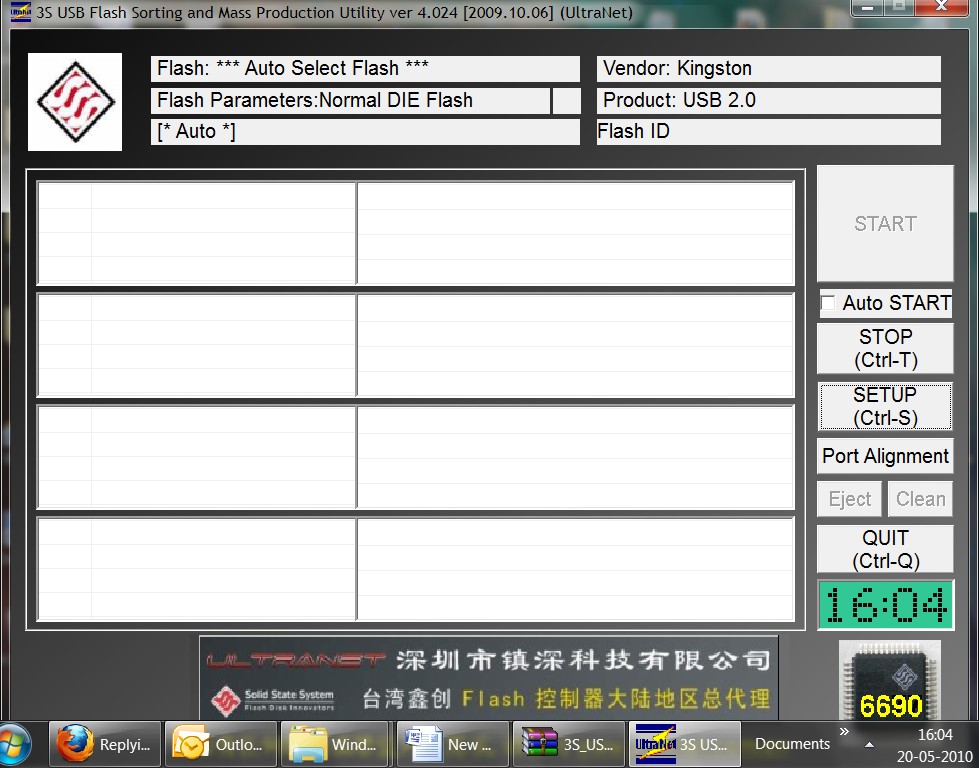
Bulova serial number search. How to Repair, Restore, or Reinstall Grub 2 with a Ubuntu Live CD or USB Grub 2 typically gets overridden when you install Windows or another Operating System. To make Ubuntu control the boot process, you need Reinstall (Repair/Restore) Grub using a Ubuntu Live CD. How to Install Grub2 on USB from Linux: In the following tutorial, I'll show you one way to easily install Grub2 to a USB Flash Drive from a running Live Ubuntu Operating Environment. I personally used an Ubuntu Live CD to perform all of the following steps.
Latest for Note 8 Media UEFI compatibilty is nessesary. It must be marked active.
See info grub or Note: 3270 Compared to 3215 The 3270 terminal is much better at displaying and refreshing screens than the 3215 terminal. I have not tried what happens if I format it in Tout, but it might be possible. Boot into the Live Install grub2 on usb. Luckily I also had a VMWare Windows 7 lying around. I usually avoid having a Windows install mess with the MBR and partitioning by creating 4 primary partitions in advance with gParted usually and then responsible the Win installer to use one of them. Not that long ago after screwing up my android while fooling around with ZTE merit codes on my ZTE Z990g that was rooted with the ZTE avail, I screwed up my touchscreen calibration firmware and cannot figure out how to reinstall it, oops.
After figuring out how to get my rooted devices to work with android screencast on my computer so that it could be accessed, I than proceeded to try different techniques to unroot my android to see if there was any way to get into FTM mode. Just for kicks, my SD card reader decided to take a dive, great, now I have an android, that is unrooted and can't do a thing until my new phone and new touchscreen comes in. Anyways, while doing many searches on how to fix my issue while waiting, I discovered the world of installing the Android Operating system on the computer. My oh my, this is so cool, had to try it out. Tried it in Virtual Machine, way to slow, sheesh, if one wanted to go back in time and get that nostalgic feeling of installing windows 98 on a 486, why not do just that.
Okay so there had to be a way, and let me just say, it was easier than I thought. There are a few ways I discovered, that one would not find in a search but had to know what they where searching for, search for all those little pieces and put them together, so I did just that, got Android KitKat running on my Desktop computer. Now let me make it easier for you, in one Blog Post, just how to the same thing I did, without doing all those searches one how to do one thing only to have to put them all together.

There are a few ways this can be done, my preferable way is using a Linux operating system, since Android is a linux operating system, this technique is a little easier than if you are running Windows. If using windows, it is probably a better idea to just use the steps to create an ext4 format on a USB stick, setup your bios settings to boot to USB stick as first or second boot option. As for using Gparted to partition off your Windows drive, not really sure, again, if in doubt use a USB stick. Burn your Ubuntu ISO to a CD, DVD or USB per instructions on the Ubuntu download link above. When Ubuntu shell loads, click on the menu and open up your terminal: sudo gparted Gparted will now open, this is where you can partition your harddisk to suit your needs. Lets say you have a 1. For a fresh new install, you will need to right click on any partitions that are used and delete them, right click and delete until all the partitions are combined into one large unallocated space.
Right click and delete unwanted partitions, you want to work with unallocated space. If resizing, right click the partition you want to resize, create an extended partition then create a new ext4 partition. This method is useful if dual-booting with windows. If your going to install windows just select OK no need to enter any values. Right click one last time and make your file system Linux Swap. This is how your final result should look Part Two: Setting up Android X86 4.

 0 kommentar(er)
0 kommentar(er)
